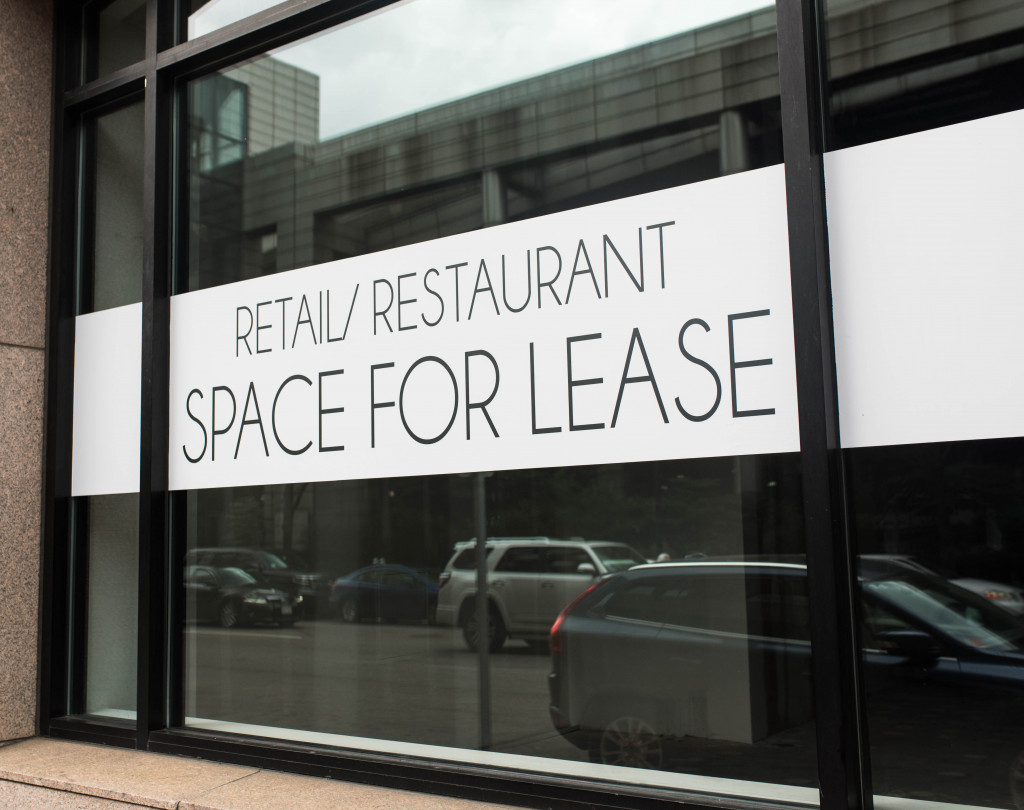It’s no secret that the pandemic has had adverse side effects on both business and society as a whole. The way we do business and go about our daily lives continues to change and morph as things unfold in the new normal. Corporations big and small have had to think on their toes as the market continually changes their purchasing behaviors because of different socioeconomic factors that affect them.
Many companies who had a foothold in digital saw their opportunity to establish new avenues for revenue in the form of e-commerce and mobile applications. Pivoting their business models to rely heavily on online purchases versus physical in-store foot traffic not only helped them keep their market share but even grow it. Consumers that have always been loyal to tried and true brands that they’ve used for years started shifting because convenience and safety became top priorities during the pandemic.
Traditional businesses that weren’t as well-versed in the digital landscape before the pandemic also had their own ways of pivoting to continue serving consumers. They’ve started changing their supply chains, marketing techniques, and even moving physical locations to improve profit margins and revenue streams.
Taking a closer look at the steps industries like groceries, restaurants, and advertising have taken to stay ahead of the curve in such difficult times can help highlight which moves will be fruitful in different industries. While not all markets will respond in the same ways, it seems that adaptability and technological integration are at the forefront of multiple efforts across a wide array of industries to stay afloat during the new normal.
Groceries Integrate Ecommerce
Grocery stores became lifelines for people during the pandemic. Everyday household items became essential goods during the lockdowns. Hoarding, panic buying, and an anxious market all served almost to overwhelm these businesses. With so many people wanting to go to their local grocery stores, rigorous social distancing protocols were needed to keep these businesses from becoming hot spots for contagion.
As grocery stores saw the risks of increasing demand and having so many people in the store, they integrated personal shoppers and online platforms to thin the crowds in-store. Moving your whole inventory online for consumers was no easy feat. Grocery chains carry thousands of products in-store, and the logistical needs of keeping track of all those purchases online proved difficult whether said businesses used third-party delivery apps or came out with their own. Online ordering aided in reaching consumers at home and decreasing the foot traffic in-store while still maintaining sales.
Restaurants Change Locations

While both frozen and fresh produce were in high demand at the local grocery stores, some individuals weren’t equipped to be cooking their own meals suddenly. Restaurants had challenging times, with many closing their doors during the pandemic. However, a deeper understanding of the market and how best to cut costs and improve supply chains helped multiple restaurants pivot during the lockdowns.
Many restaurants in the previously bustling business districts moved to more suburban neighborhoods where parents and children worked and studied from home. Engaging real estate agents to help them find commercial properties which had significantly lower rent costs but were closer to their new market.
Some even chose to ditch rent costs altogether and transition to food trucks which could regularly change locations depending on demand. Some restaurants also started offering customers custom meal plans to increase bulk sales. They started Preparing multiple meals that were delivered daily to professionals who needed the convenience of healthy prepared meals instead of unhealthy frozen dinners.
Advertising on New Platforms
Due to the pandemic, companies started getting more strategic with decreased advertising budgets. Reaching your desired target audience became increasingly challenging to achieve as traditional avenues began to become obsolete. Studies showed that daytime viewing skyrocketed as people began opening up their TVs in the middle of the workday, which was a stark contrast to previously high evening viewership.
The studies also showed that people spent the majority of their time in front of their mobile devices compared to any other screen in the home. Showcasing how traditional commercials were no longer enough to promote a brand—shifting their efforts to integrate social media, search engines, and online advertising, in general, providing them with better exposure.
An understanding of the algorithms also helped future eCommerce efforts. Modern advertising now thoroughly includes digital pursuits and a healthy mix of traditional media.
Changing things up amid a pandemic was a risk that was necessary for most businesses. Pivoting business models was the main reason these companies successfully navigated the pandemic. The gravity of the change still varies from industry to industry. However, only a minority of traditional businesses have stuck to their outdated practices and still come out strong this year. The new normal welcomes innovative ideas with open arms as consumers also continue to find ways to get back to normalcy.
